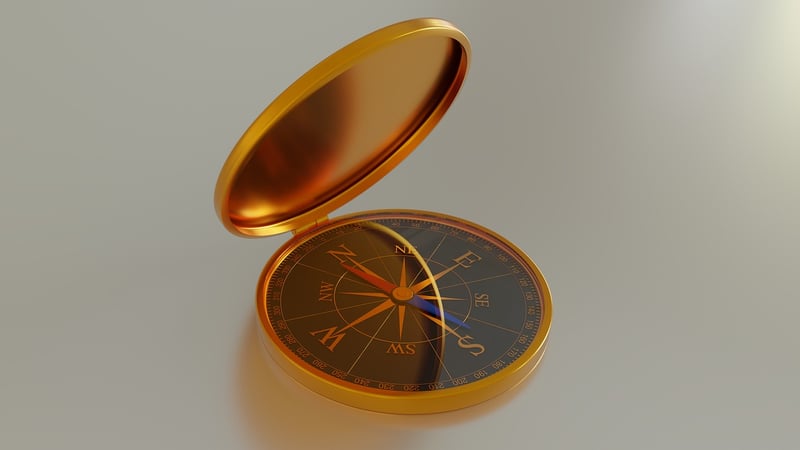Historical Devices
Exploring Time-Travel Devices and Historical Artifacts
Introduction
Time travel has long been a subject of fascination and wonder for many people. While the concept of traveling through time remains a topic of science fiction, there are various historical devices and artifacts that have played a significant role in shaping our understanding of time and history. Let's delve into some of these intriguing devices and artifacts that have captured the imagination of people throughout the ages.
Time-Travel Devices
While time-travel devices are mostly confined to the realm of fiction, there are several notable examples that have left a lasting impact on popular culture:
1. The DeLorean Time Machine (Back to the Future)
The iconic DeLorean time machine, featured in the Back to the Future film series, is one of the most recognizable time-travel devices in popular culture. With its flux capacitor powered by plutonium (or later, garbage), this stainless steel car transported Marty McFly and Doc Brown through various time periods with style.

2. TARDIS (Doctor Who)
The TARDIS, a time machine and spacecraft in the British TV series Doctor Who, is much bigger on the inside than it appears from the outside. This iconic blue police box has been a staple of the series since its inception in 1963, taking the Doctor and companions on adventures through time and space.

Historical Artifacts
While we may not have functioning time machines, historical artifacts offer a glimpse into the past and help us connect with our history. Here are some notable artifacts that have survived the test of time:
1. The Antikythera Mechanism
The Antikythera Mechanism, discovered in an ancient shipwreck off the coast of Greece, is an intricate mechanical device believed to have been used for astronomical calculations. Dating back to the 1st century BC, this artifact showcases the advanced knowledge of ancient civilizations in understanding celestial movements.

2. Rosetta Stone
The Rosetta Stone, discovered in Egypt in 1799, played a crucial role in deciphering ancient Egyptian hieroglyphs. This inscribed stone slab contains text in three scripts - Ancient Egyptian hieroglyphs, Demotic script, and Ancient Greek - and was instrumental in unlocking the secrets of an ancient civilization.

Conclusion
While time-travel devices may exist primarily in the realm of fiction, historical artifacts provide us with tangible connections to the past and insights into the knowledge and technology of ancient civilizations. Whether exploring the possibilities of time travel or unraveling the mysteries of bygone eras, the fascination with the concept of time remains a timeless pursuit.
